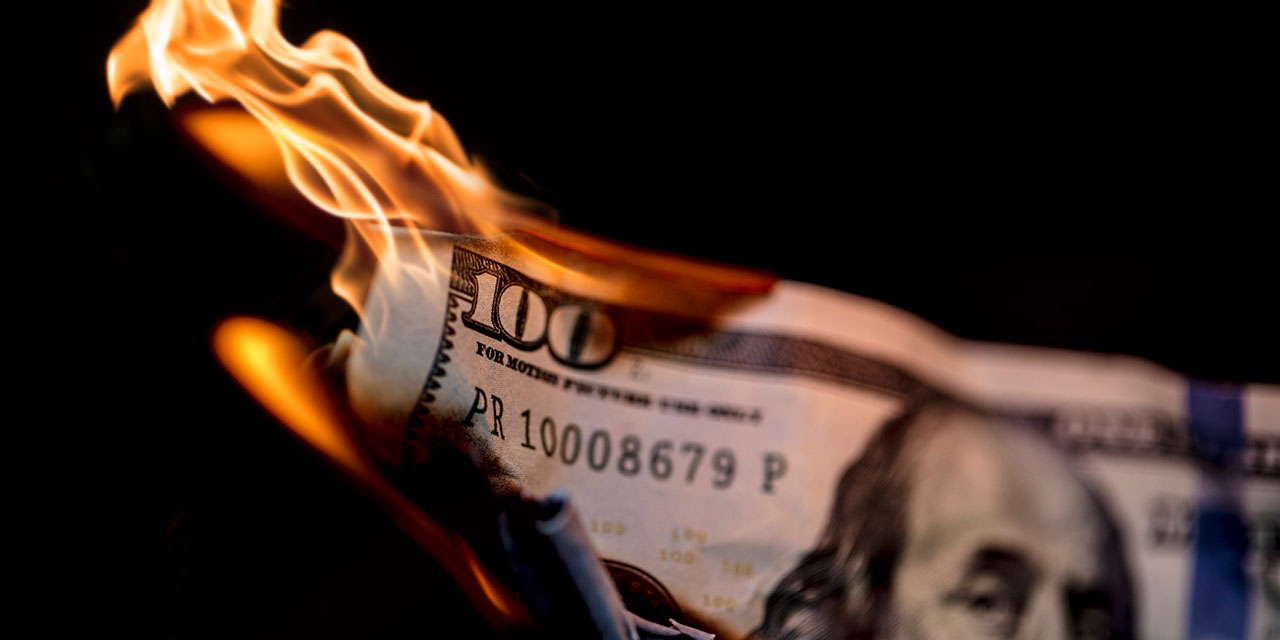Last December, New York’s Climate Action Council released its Final Scoping Plan, an all-encompassing proposal to cut the state’s carbon emissions to zero by 2050. The 400-page regulatory framework would introduce new, sweeping rules across the state, including one scheme that would particularly harm the state’s economy.
New York officials have announced several climate initiatives in recent years. The state already has banned the sale of new internal combustion cars and light trucks beginning in 2035. As governor, Andrew Cuomo mandated construction of 9,000 megawatts of offshore wind by that same year. New York City already has banned natural gas in new commercial buildings, while Governor Kathy Hochul has urged the legislature to enact a state-wide ban on the sale of residential fossil fuel space- and water-heating equipment beginning in 2025, as well as on the use of gas stoves in new construction.
New York also participates in the Regional Greenhouse Gas Initiative (RGGI), which regulates carbon emissions from electric generators in 12 participating eastern states. The basic idea is that the states establish a ceiling on carbon emissions, called allowances, that they can buy and sell in a marketplace as needed.
A cap-and-trade program theoretically reduces emissions at the lowest possible cost. Those who can reduce emissions cheaply will do so, then sell their “surplus” allowances to those for whom purchasing allowances is cheaper than reducing their own emissions. Several such programs within the Clean Air Act have effectively curtailed emissions of sulphur dioxide and oxides of nitrogen from power plants. Such initiatives have proved much less costly than command-and-control regulations that force individual power plants to reduce emissions of those pollutants, regardless of cost.
But New York’s “cap-and-invest” program, as proposed in the Scoping Plan, will go far beyond any established cap-and-trade scheme, removing these theoretical advantages. First, the governor intends to apply this approach to all sectors of the state’s economy, including, eventually, agriculture. That means that farmers will eventually have to pay for methane emissions from their livestock. The program will ratchet down the available allowances supposedly to zero by 2050, the year when the state is supposed to achieve zero greenhouse gas emissions.
Second, how much money will be collected from carbon-emitters—including gas and electric utilities, wholesale sellers of petroleum products, propane distributors, and cement manufacturers—will depend on the caps themselves. The more stringent the caps, the more money will be garnished from businesses that cannot meet them. Given the state’s overall annual carbon emissions of around 200 million metric tons, the amounts to be collected will almost certainly be in the billions of dollars each year.
Where will the money go? For decades, New York leaders have directed money to their political allies, and the temptation toward cronyism has not gone away. The plan states that at least 35 percent of the funds collected will be distributed to “disadvantaged communities,” though the characteristics of such communities remain undefined. It also proposes to direct various subsidies to energy-intensive businesses that might otherwise leave the state because of higher costs for energy and other inputs, but it doesn’t explain how it will demarcate energy-intensive industries.
How will the state treat imports? If a business purchases heating oil from a New York company, the cost of carbon allowances will be embedded in the sale price. But if the business purchases heating oil from a Pennsylvania company, attempting to levy a carbon tax on such imports will raise constitutional issues regarding interstate commerce. And other imports, such as goods manufactured outside the state using fossil-fuel energy, may pose issues as well.
Meantime, the proposal would short-circuit the key advantage of a cap-and-trade approach—reducing emissions at the lowest cost—by capping the purchases of allowances by carbon-emitting businesses located in “disadvantaged communities.” In other words, these businesses will not be full participants in the emissions marketplace. Command-and-control emissions reductions in these areas will put certain businesses at a competitive disadvantage. Despite its promise to “ensure [that] all communities equitably benefit in the clean energy transition,” New York will be threatening economic growth in the very places alleged to require special protection.
The state’s economy will bear these costs. The prices of fossil fuels, and of goods and services that use fossil fuels, will rise by design. Many small businesses not considered at risk from “leakage”—in other words, energy-intensive businesses that will leave the state because the higher energy costs caused by the cap-and-invest program will make them uncompetitive—will surely close. Even some that are eligible for leakage compensation may decide to relocate out-of-state rather than comply with the state’s mandates.
The irony of the cap-and-invest program and the mandate to reduce carbon emissions to zero is their inefficacy. Even if the state reduced its carbon emissions to zero tomorrow, doing so would have no measurable impact on world climate. China, for example, is building 82 new coal-fired power plants to meet its growing need for reliable electricity. Those plants alone will emit billions of tons of carbon each year, dwarfing any reductions made by New York.
Ultimately, the cap-and invest scheme looks like a poorly designed boondoggle.
Photo: LPETTET/iStock
